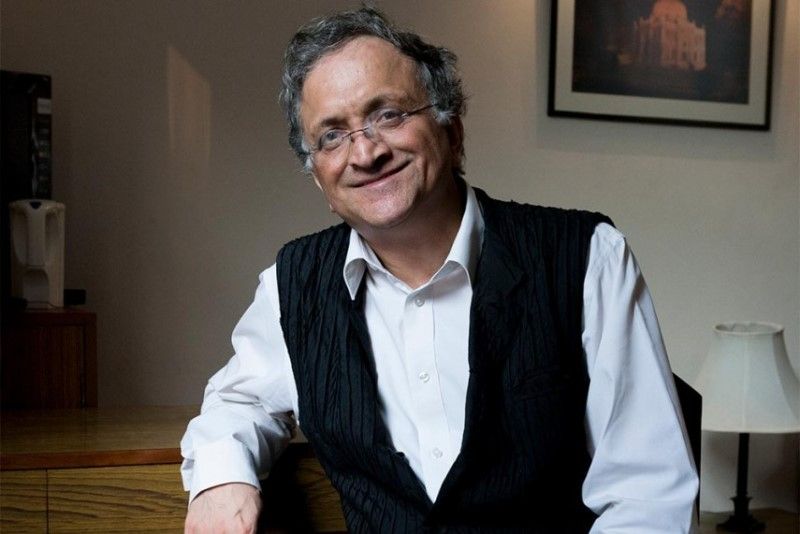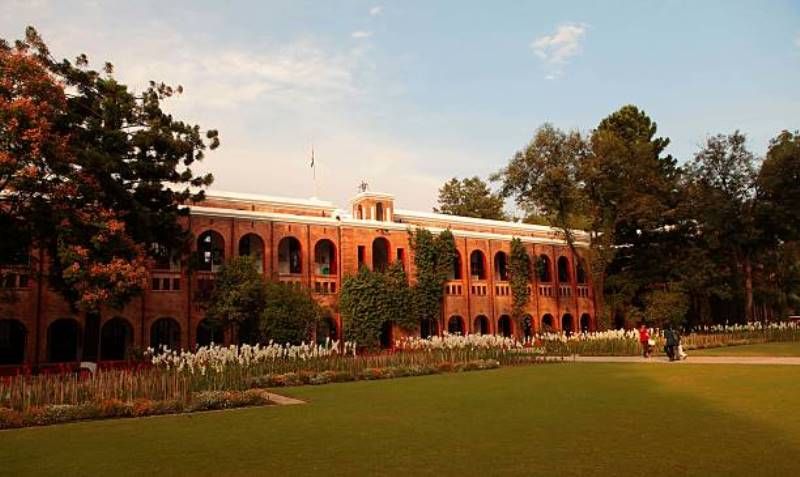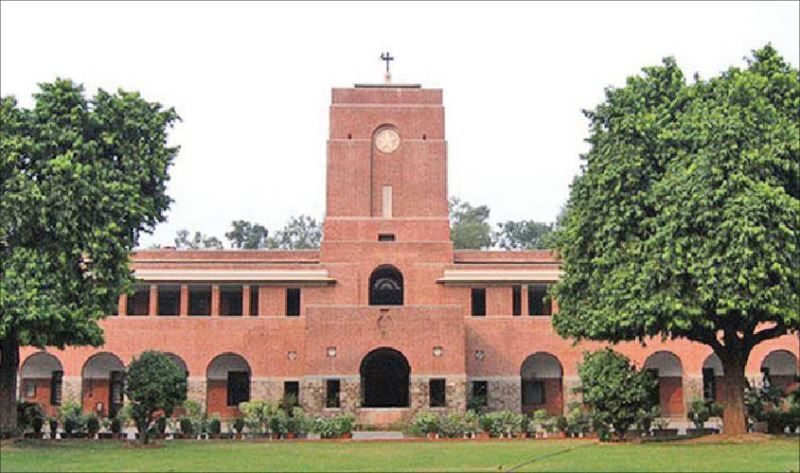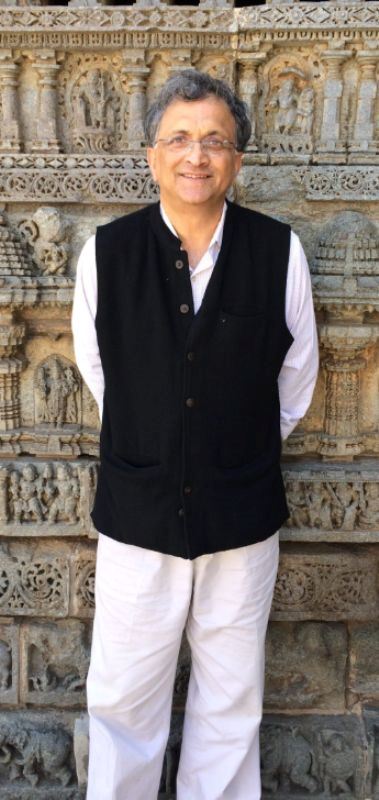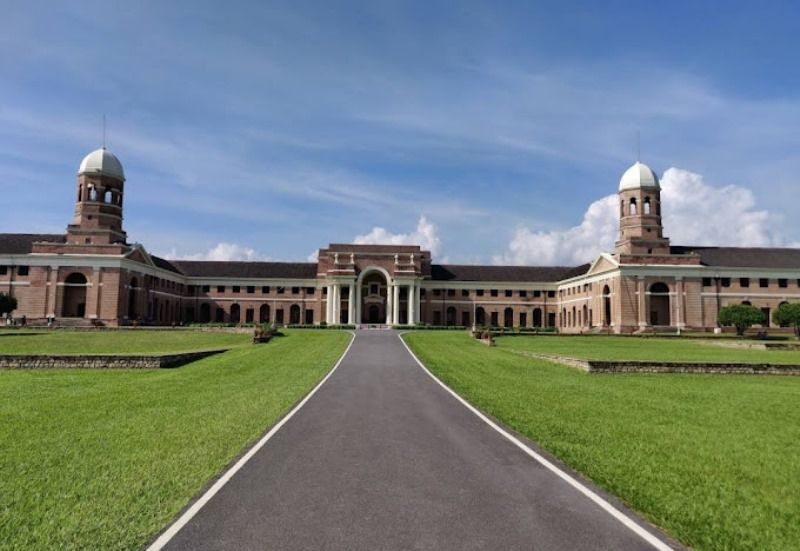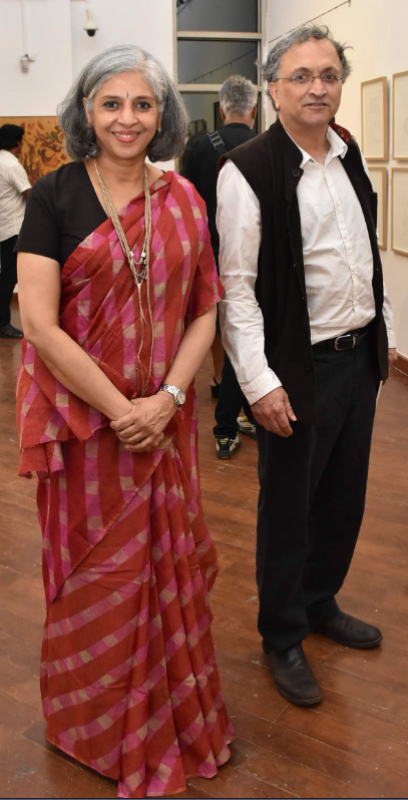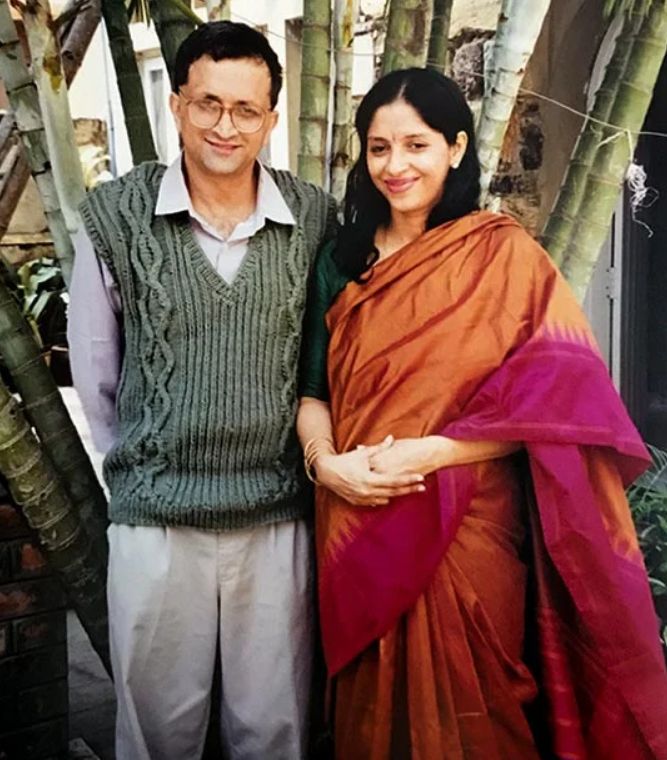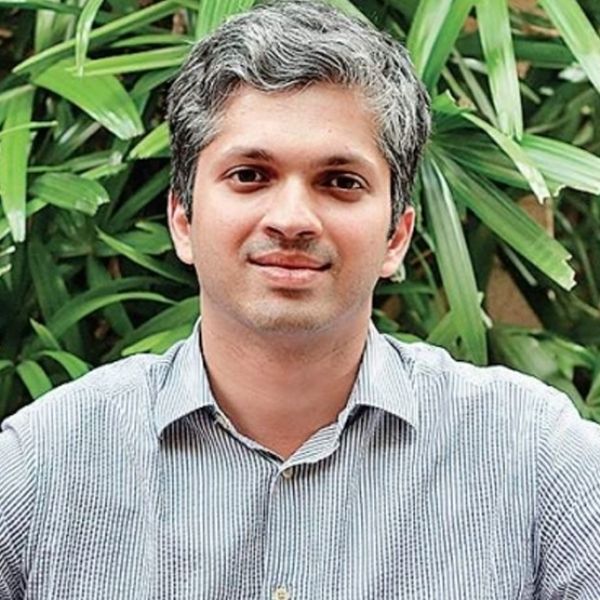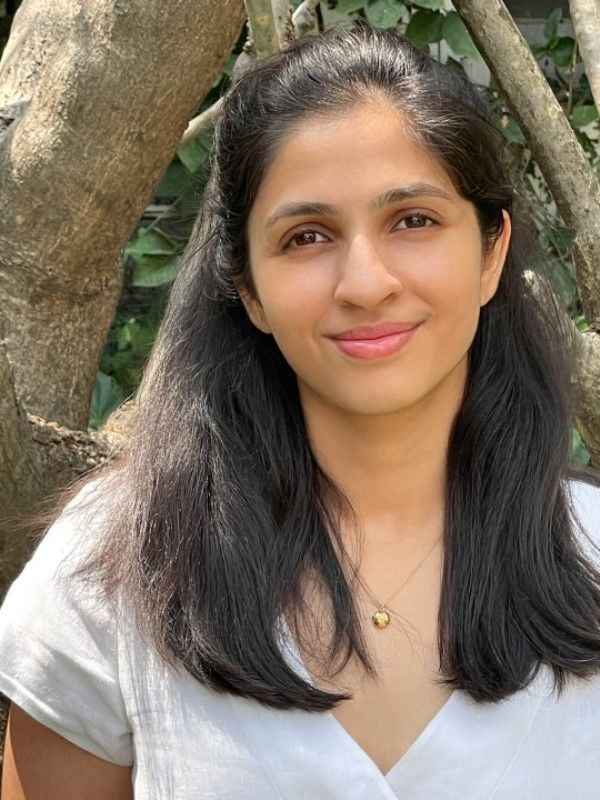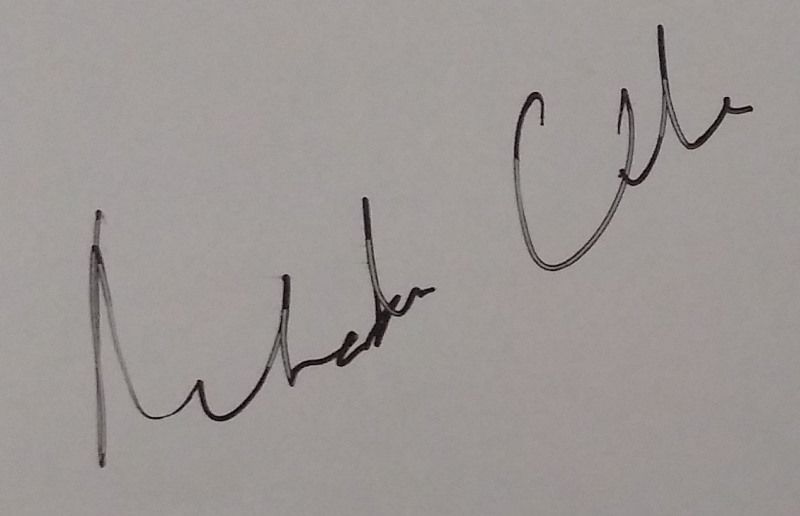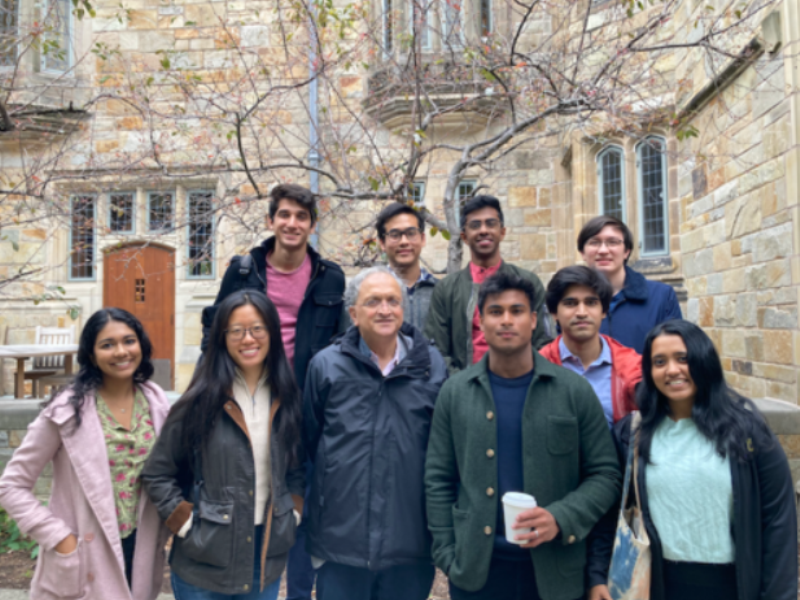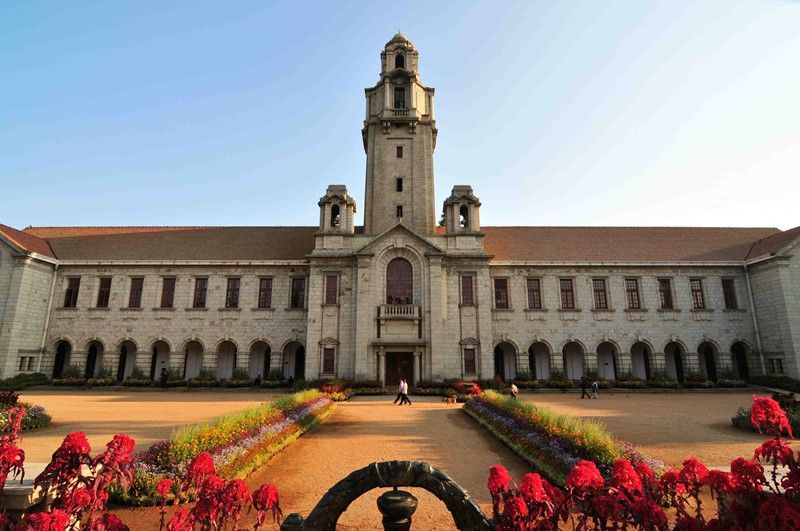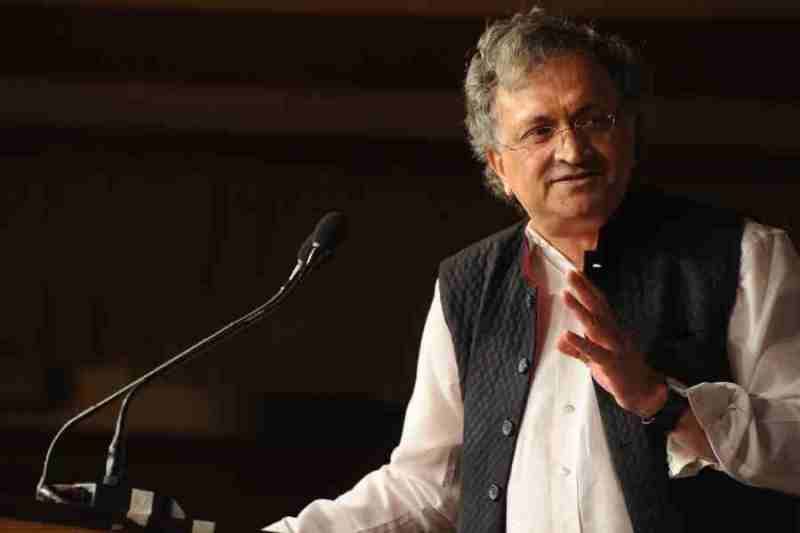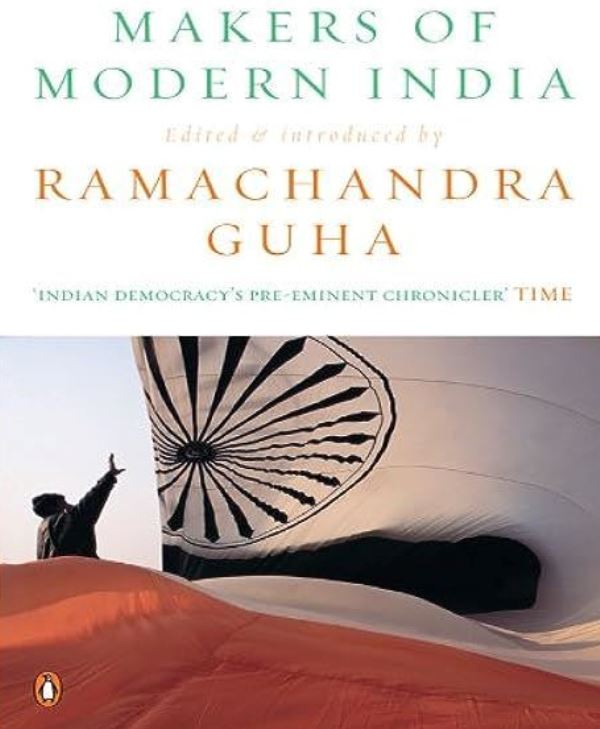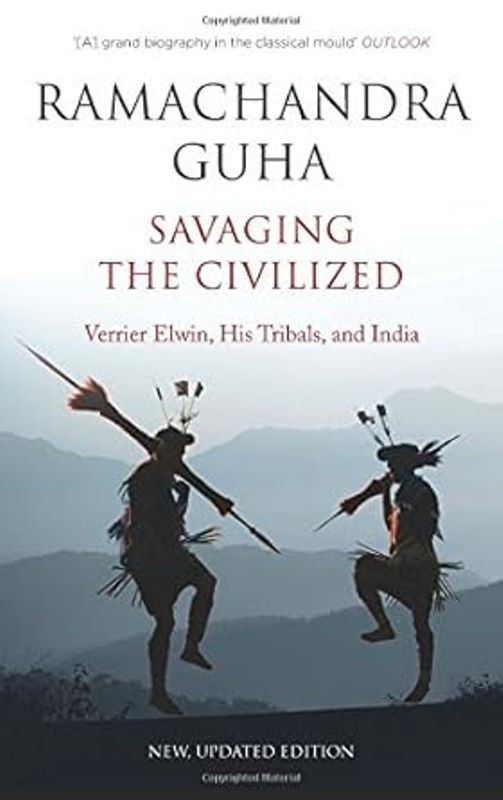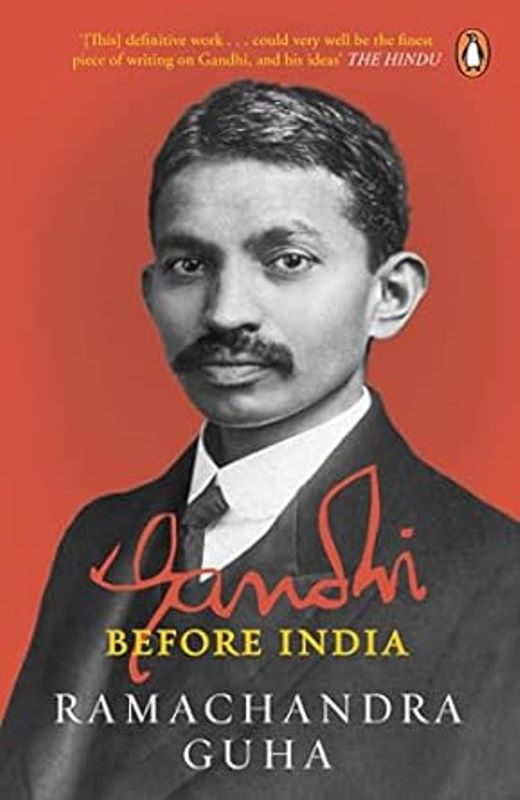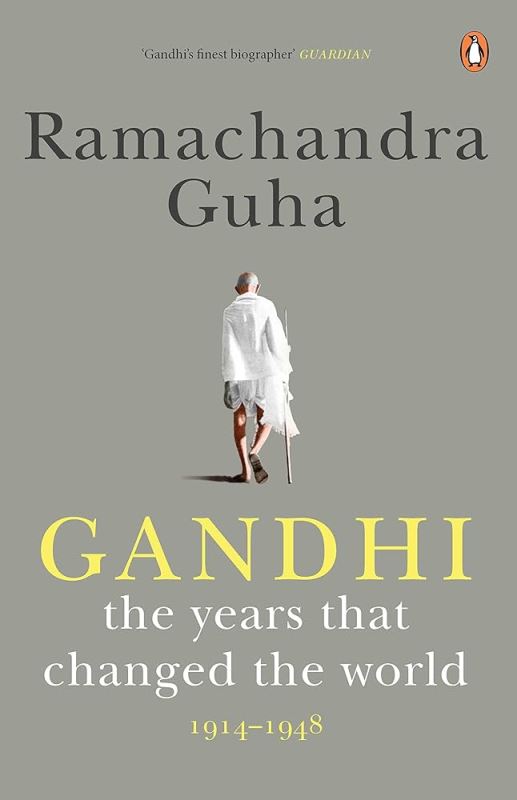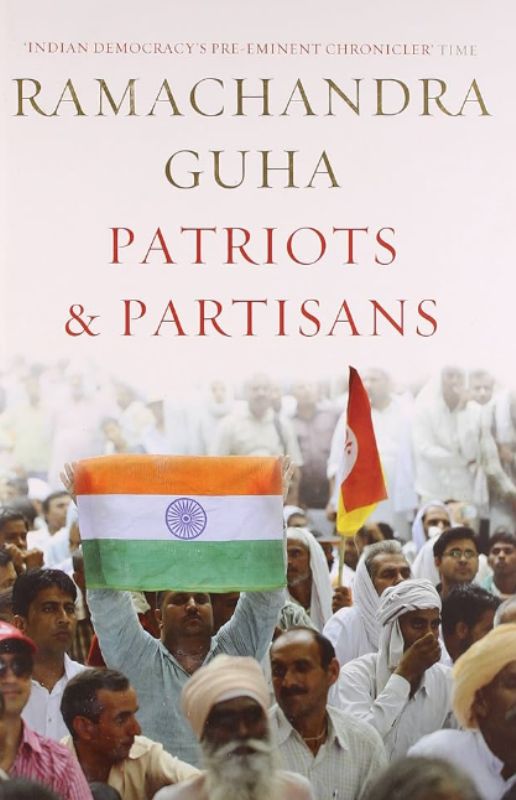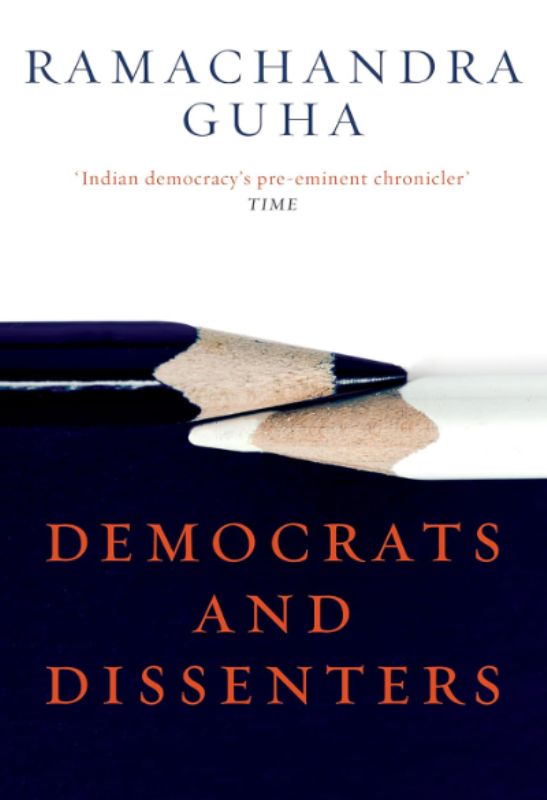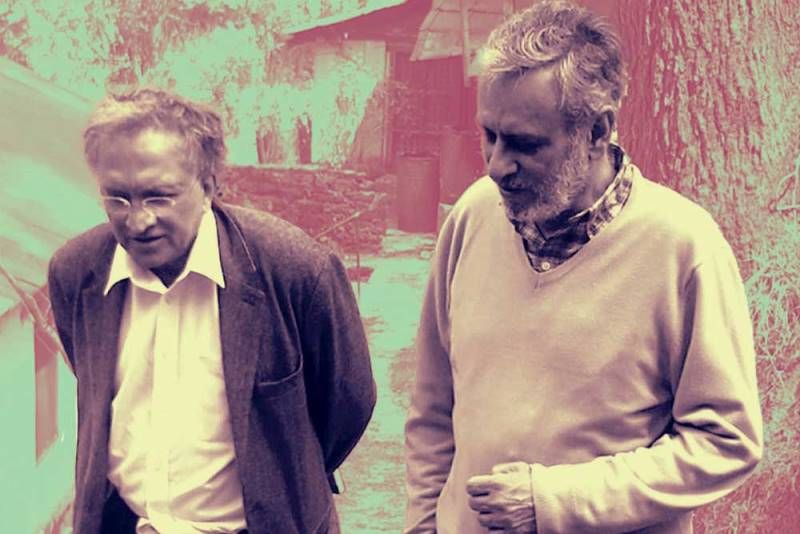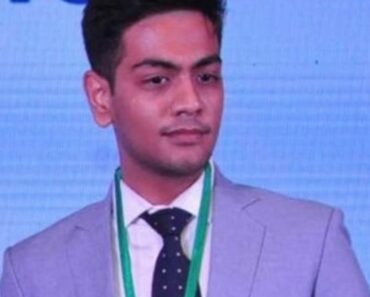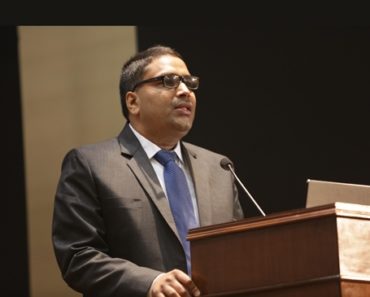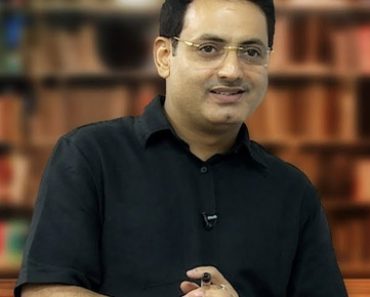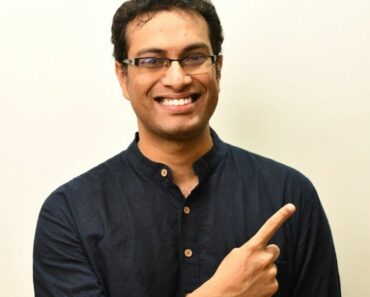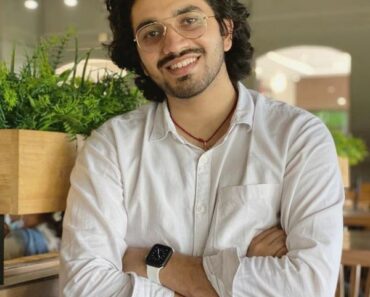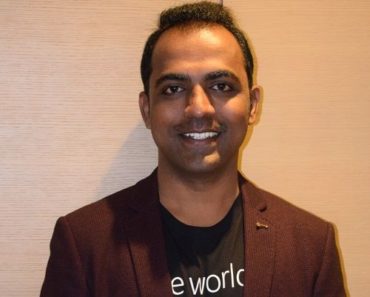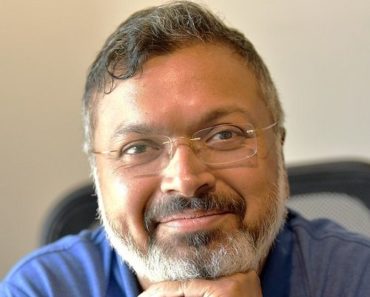Ramachandra Guha is a noted Indian historian and intellectual. Guha’s research work covers the Indian history of environment, modern India, forestry, cricket, economics, society, politics, anthropology, and contemporary events. A recipient of the Padma Bhushan (2009) and Sahitya Akademi Award (2011), Ramachandra Guha was rated as one of the Top 100 intellectuals in the world by a Foreign Policy magazine in 2008 and one of the most powerful Indians in 2022 by The Indian Express.
Contents
Wiki/Biography
Ramachandra Guha was born on Tuesday, 29 April 1958 (age 66 years; as of 2024) in Dehradun, Uttarakhand, India. His zodiac sign is Taurus. He grew up in Dehradun, Uttar Pradesh (now in Uttarakhand), India, where a Tamil Brahmin family raised him. He did his primary education at Cambrian Hall and The Doon School, Dehradun.
In 1977, he graduated with a degree in economics from St. Stephen’s College, New Delhi, and pursued a master’s degree in the same subject at the Delhi School of Economics (located at the North Campus of Delhi University).
He pursued a PhD in sociology at the Indian Institute of Management (IIM) Calcutta in which he researched the social history of Uttarakhand’s forestry with special emphasis on the Chipko Movement, and he published his first paper, The Unquiet Woods. He then started teaching as a visiting professor to many universities and engaged himself as a researcher at Wissenschaftskollegzu, Berlin, Germany for the year 1994-95.
Physical Appearance
Height (approx.): 5′ 10”
Weight (approx.): 70 kg
Hair Colour: Salt & Pepper
Eye Colour: Black
Family & Caste
Ramachandra Guha comes from a well-educated Hindu Tamil Brahmin family.
Parents & Siblings
Ramachandra Guha’s father, Subramaniam Ramdas Guha, was a research professional and director at the Forest Research Institute, Dehradun, and the family lived within the campus premises of the institute.
Guha’s mother was a high school teacher.
Wife & Children
Ramachandra Guha married Sujata Keshavan, an Indian graphic designer, entrepreneur and co-founder of Ray+Keshavan designing firm, and Varana, an artisanal luxury fashion brand. She has designed Infosys’s logo and designed and branded big firms like Reliance, Wipro, McKinsey, Dr Reddy’s, Dabur, Max Group, TVS, etc.
The couple has a son, Keshava Guha, and a daughter, Ira Guha. Keshava is a writer and published his first fiction novel, ‘Accidental Magic,’ in 2019.
Ira is an entrepreneur who founded ‘Asan,’ a menstrual cup company with a vision to eradicate period poverty in India by providing cost-effective menstrual cups.
Other Relatives
His grandfather, S. Ramaswamy Iyer, was the first Advocate-General of Mysore.
Religion/Religious Views
Although he believes in a few doctrines of Hinduism, he calls himself an agnostic rather than an atheist. [1]The Telegraph
I do not know really whether there is a God or not. And I do know individuals whose faith encourages them to be selfless rather than selfish, to put the interests of their family or community above their own. In the past and in the present, the most generous philanthropists and the most heroic social workers have often been motivated by religious belief.”
Signature/Autograph
Career
Professor
From 1985 to 2000, Ramachandra Guha worked as a professor at various foreign universities including the University of California, Berkeley, Yale University, Stanford University, and the University of Oslo.
Guha joined as a visiting professor at the Indian Institute of Science(IISc), Bengaluru in 2019.
Guha held the Philippe Roman Chair of International Affairs and History at the London School of Economics for the 2011-12 tenure, where four formal lectures were delivered by the recipient of this position. All four lectures went viral among the scholars, sparking debates around the globe. His first lecture on Mohandas Karamchand Gandhi was controversial, and in the second, he defended Pandit Jawaharlal Nehru from the defeat of India by China in 1962. In his third talk, he talked about ten reasons why India will not and should not become a superpower.
Environmentalist
Ramachandra Guha’s first historical research was in the field of environment. Some of his popular books on the environment are:
- The Unquiet Woods: Ecological Change and Peasant Resistance in the Himalaya (1989) – This book gives a peep into the history of the Chipko Movement.
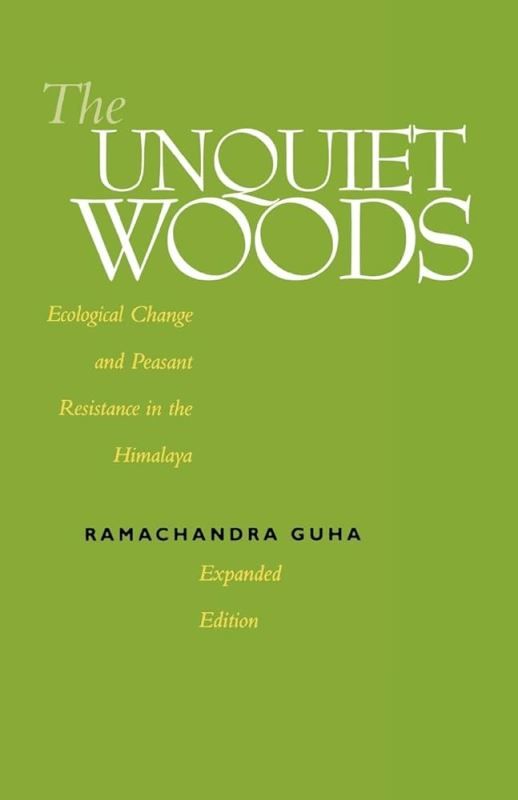
- This Fissured Land: An Ecological History of India (1992) – This book is a collaboration book of Ramachandra Guha with Madhav Gadgil which traces the changing ecological patterns in India from early humans to modern humans.
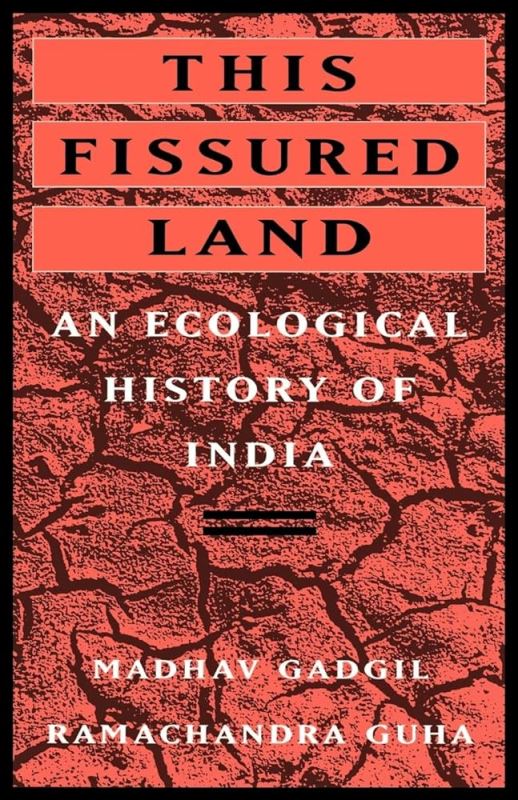
- Ecology and Equity (1995) – This book highlights the use and abuse of nature in contemporary India. It talks about how the crisis in India is rooted in the exploitativeness of the ecology.
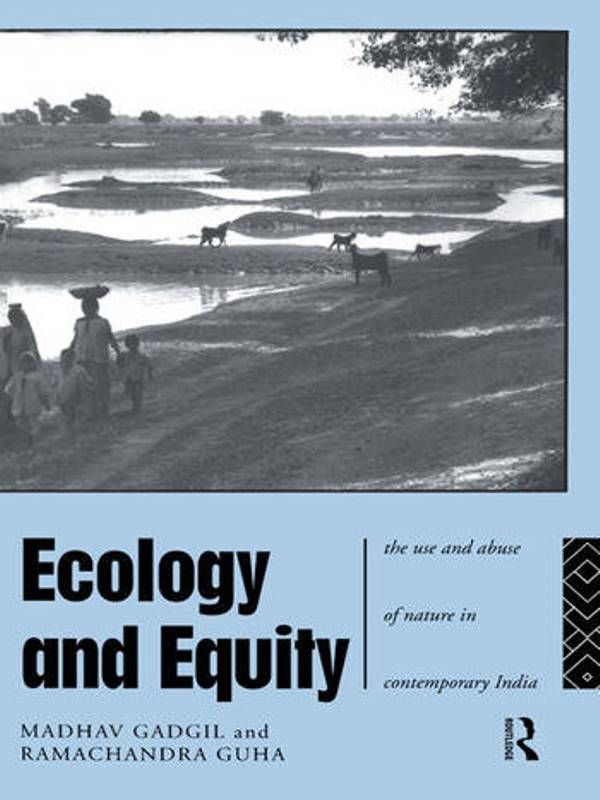
Historian
Ramachandra Guha is known for his books on the history of modern India. He is the third Indian historian (after Romila Thapar and Jadunath Sarkar) to be honoured by The American Historian Association (AHA) with the Honorary Foreign Member prize. Out of many, his famous history books are:
- India after Gandhi: The History of World’s Largest Democracy (2007) – This book was selected as the book of the year by the Economist, the Washington Post, and the Wall Street Journal, and as a book of the decade by the Times of London and The Hindu. In 2007, Ramachandra Guha’s book, India After Gandhi was selected as book of the year by the Economist.
-
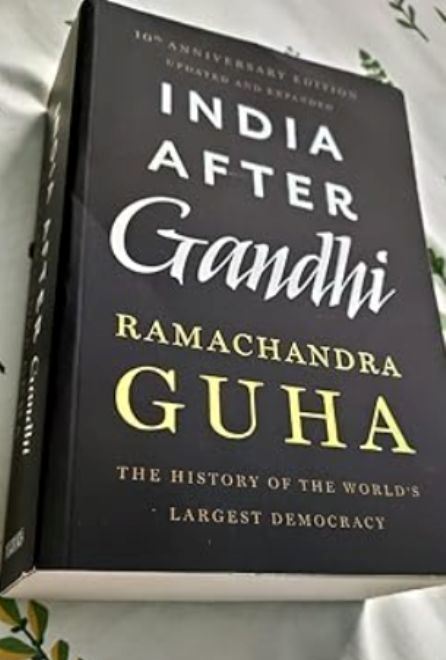
- Rebels Against the Raj: Western Fighters for India’s Freedom (2022) – chronicles the story of 7 foreigners, who worked for India’s freedom struggle- four Brits, two Americans, and one Irish. This book crowned Guha with the Elizabeth Longford Prize in 2023
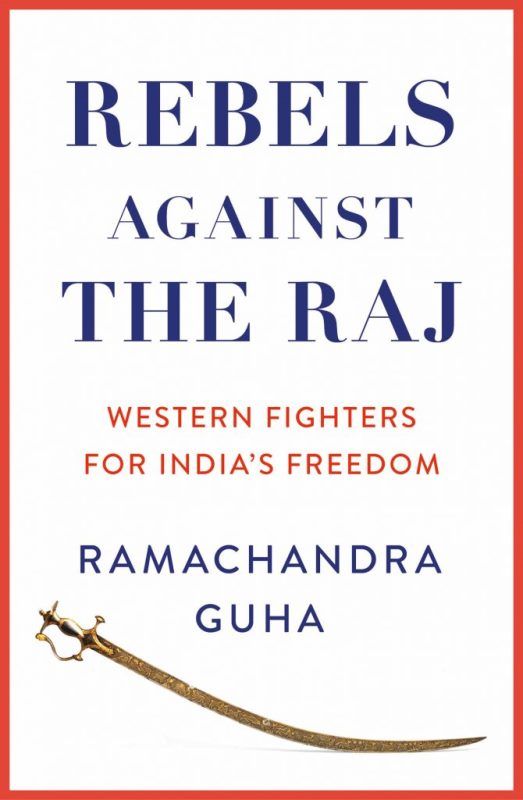
Cricket Analyst
As a writer of cricket, the analytical writings of Ramachandra Guha got him the U.K. Cricket Society’s Literary Award. Guha is a big cricket fan and his books on cricket have got him an international reputation as a cricket journalist. In his fourth lecture during his tenure as the Philippe Roman Chair of International Affairs, he spoke about cricket as an expression of colonial and post-colonial India. His three famous books on cricket are:
- Spin And Other Turns: Indian Cricket’s Coming of Age (2000) – Ramachandra Guha wrote this book at the time of the demolition of the Babri Masjid. He wrote this book in a week. The underlying theme shows how cricket during those days was taken as religion and the players as Gods.
- A Corner of a Foreign Field (2002) – In this book, Ramachandra Guha covers cricket history with an undertone of biographies of important cricket players both Indian and British who played for British India. This book won the Daily Telegraph Cricket Society Book of the Year prize in 2002.
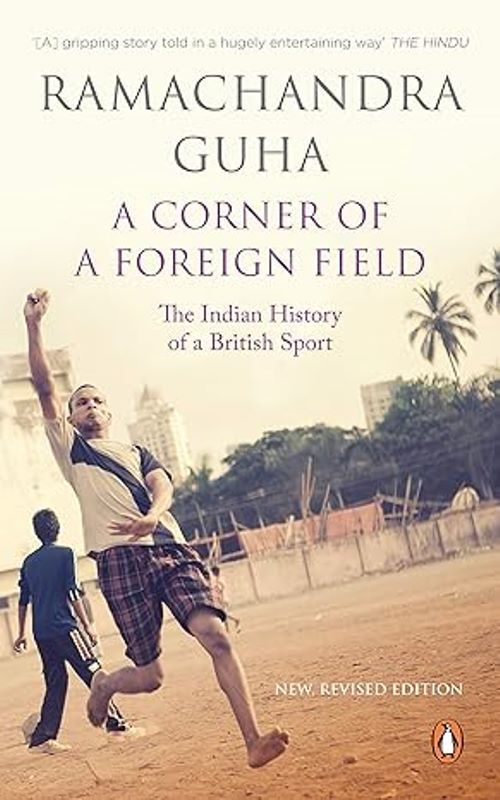
- The Commonwealth of Cricket (2020) – This book is written in the tone of a memoir and charts the life and history of Indian cricket.
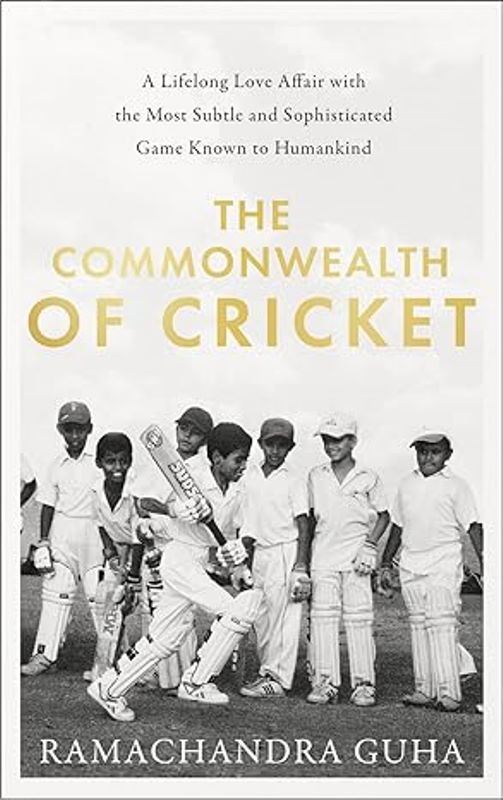
- The Picador Book of Cricket (2001) – This book is an anthology of the finest cricket writings by popular cricket writers. Ramachandra Guha has edited this book.
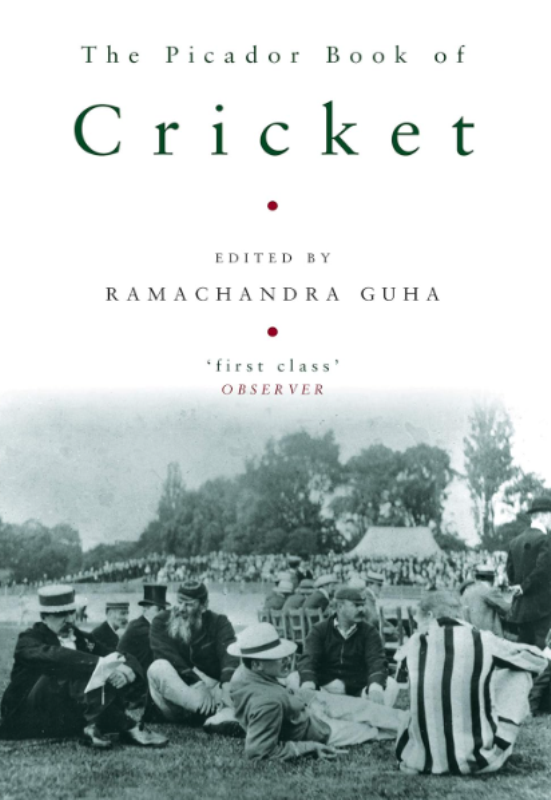
Biographer
He is known for his historical accounts of Mohandas Karamchand Gandhi, which sparked the worldwide debate on Gandhi. His notable biographies are:
Critic and Columnist
Ramachandra Guha is an avid commentator and columnist on contemporary issues. As a columnist, he contributes to many prestigious newspapers and magazines. He writes for newspapers like The Hindu, The Telegraph, The Indian Express, Hindustan Times, Hindi Daily, and Amar Ujala. He has also been a columnist for the Outlook and The Caravan magazines. His famous books as a critic include Patriots and Partisans (2012) and Democrats and Dissenters (2016).
These works made him a prominent public intellectual figure.
Awards, Honours, Achievements
- Padma Bhushan (2009)
- Leopold-Hidy Prize (2001)
- Sahitya Academy (2011)
- Fukuoka Asian Culture Prize (2015)
- Elizabeth Longford Prize for Historical Biography (2023)
- R. K. Narayan Prize at the Chennai Book Fair (2003)
- Ramnath Goenka Prize (2007-08)
- Malcolm Adideshiah Award
- Daily Telegraph/Cricket Society Prize
- The New York Times has described Guha as ‘the best among Indian non-fiction writers.’
- The Time Magazine has marked Guha’s achievement as Indian Democracy’s Pre-eminent Chronicler.’
- Got listed as 44th among one of the top 100 public intellectuals in the world by the Prospect and Foreign Policy magazines (2008)
Favourites
- Leader: Mahatama Gandhi and Pandit Jawaharlal Nehru
- Sport: Cricket
Facts/Trivia
- Ramachandra Guha was influenced by Marxism theory and was a Leftist during his school times.
- Guha considers food scientist K. T. Achaya, popular as ‘Thammu,’ as his Godfather.
- In his book ‘The Cooking of Books – A Literary Memoir,’ which was published in January 2024, Guha talks about his close friendship with his editor Rukun Advani.
An advance copy of THE COOKING OF BOOKS just arrived. An account of my friendship with the brilliant and reclusive editor Rukun Advani, it is the most personal book I have written as well as the shortest. I trust readers will be grateful to the latter if not the former.
The book… pic.twitter.com/t768klZf3e— Ramachandra Guha (@Ram_Guha) January 18, 2024
-
Ramachandra Guha was interested in writing since childhood, and he would contribute to his weekly school magazine ‘The Doon School Weekly.’
- The famous Indian writer, Amitav Ghosh was a schoolmate of Ramachandra Guha, and they edited a publication called ‘History Times’ together.
- On 4 December 2019, Ramachandra Guha was detained for protesting against the Citizenship (Amendment) Bill, 2019.
- The American Society for Environmental History awarded Ramachandra Guha with the Leopold-Hidy Prize for the essay “Prehistory of Community Forestry in India.” [2]India Weekly
- Guha refused to take the professorship at the Gujarat University as a sign of his opposition to the construction of the Statue of Unity in Gujarat.
- The hobbies of Ramachandra Guha are travelling, reading, and writing.
References
| ↑1 | The Telegraph |
|---|---|
| ↑2 | India Weekly |

